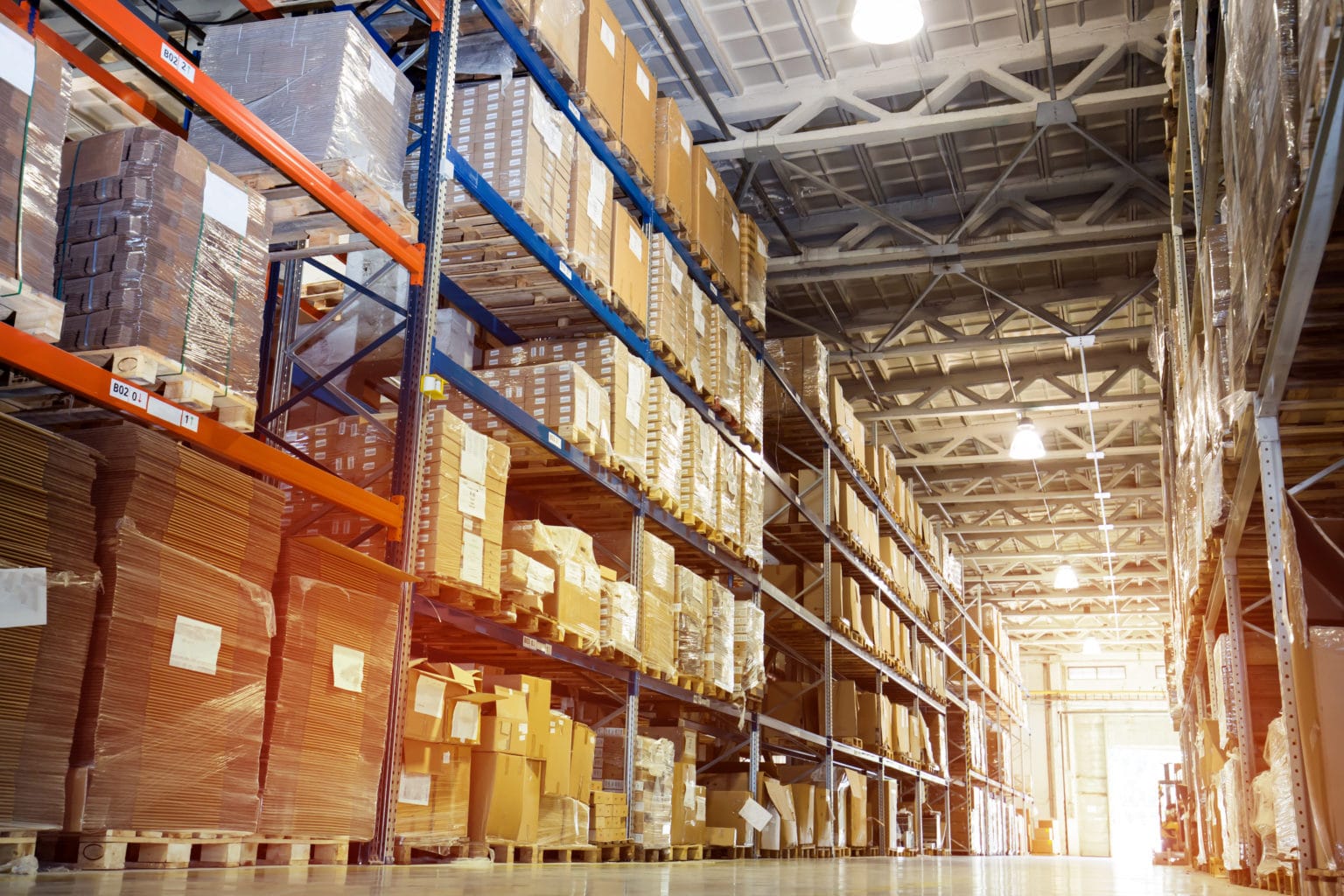Understanding Container Shipping Costs
Jun 24, 2025
Understanding Container Shipping Costs
Container shipping costs aren’t just a line item on a freight bill. They reflect a shifting mix of market forces, trade policies, port efficiency, equipment supply and geopolitical events. To manage costs effectively, it’s important to understand all of these moving parts.
Getting a clear picture of what drives container shipping costs isn’t just helpful. It’s essential for building long-term, resilient supply chains that can adapt to constant change.
What Shapes Ocean Freight Costs
Ocean freight rates are the most visible part of the cost equation, but they’re far from fixed. Market benchmarks like Drewry’s World Container Index show how quickly rates can rise or fall depending on global demand, fuel prices and available capacity.
Spot rates often shift fast when disruptions hit. Contract rates offer more predictability, but when spot prices climb, carriers may reduce contract space and prioritize higher-paying shipments. That leaves shippers scrambling to find capacity, often at a higher cost or with longer transit times.
Tariff changes add another layer of complexity. New U.S. tariffs on Chinese-made goods, along with proposed surcharges on Chinese-built or operated vessels, are reshaping booking strategies and increasing costs before those fees even appear on invoices.
Geopolitical risk also plays a role. Ongoing instability in the Red Sea has forced many vessels to reroute around Africa. These longer voyages add days of transit time and increase fuel, insurance and equipment repositioning costs. All of it affects the total landed cost.
Then there’s container availability. When boxes are stuck in the wrong locations, shippers face delays, higher drayage charges and increased chassis usage costs. Equipment scarcity in inland and secondary markets only makes the problem worse.
Port Performance and Sustainability Costs
Port performance can make or break the shipping experience. The most efficient ports are investing in automation and real-time visibility to reduce dwell times and improve reliability. These gains can reduce costs across the board.
But not all ports have kept up. Weather delays, labor issues and underinvestment in infrastructure can lead to congestion, longer turn times and higher storage and detention charges.
Environmental regulations are also impacting cost. New emissions rules require carriers to invest in cleaner fuel or upgraded engines. To cover those costs, many carriers have added surcharges or slowed vessels to reduce emissions. These changes are now a permanent part of the container shipping cost structure.
How NTG Helps Manage Cost
There’s no way to avoid market volatility, but NTG helps shippers take smart steps to manage it. Blending contract and spot freight creates stability with the flexibility to adapt. Monitoring policy changes and tariff updates allows shippers to avoid demand spikes and unnecessary fees.
Port selection plays a critical role in cost management. NTG helps clients evaluate port infrastructure, congestion risk and throughput performance to avoid costly delays.
NTG also brings deep experience in container drayage, port operations and equipment planning. By tracking availability, monitoring local market conditions and anticipating cost drivers, NTG helps clients avoid disruptions and keep freight moving on time.
Final Thought
Container shipping costs are shaped by more than just freight rates. They reflect policy, infrastructure, global events and day-to-day operational decisions. But with the right partner and a proactive strategy, shippers can stay in control and protect margin.
Looking to better manage your container shipping costs? Learn more about our drayage solutions or request a quote today.
Recent Posts




